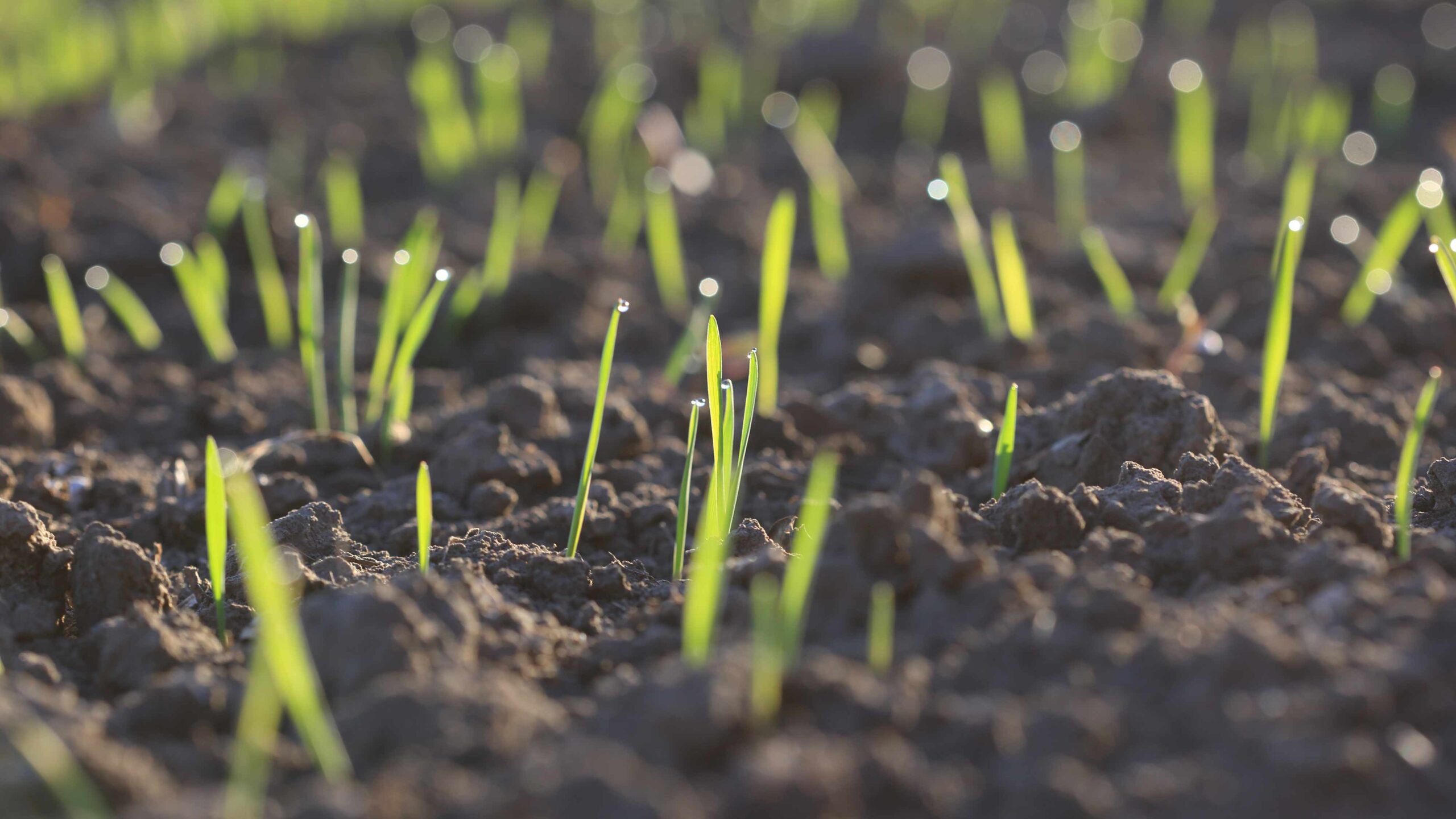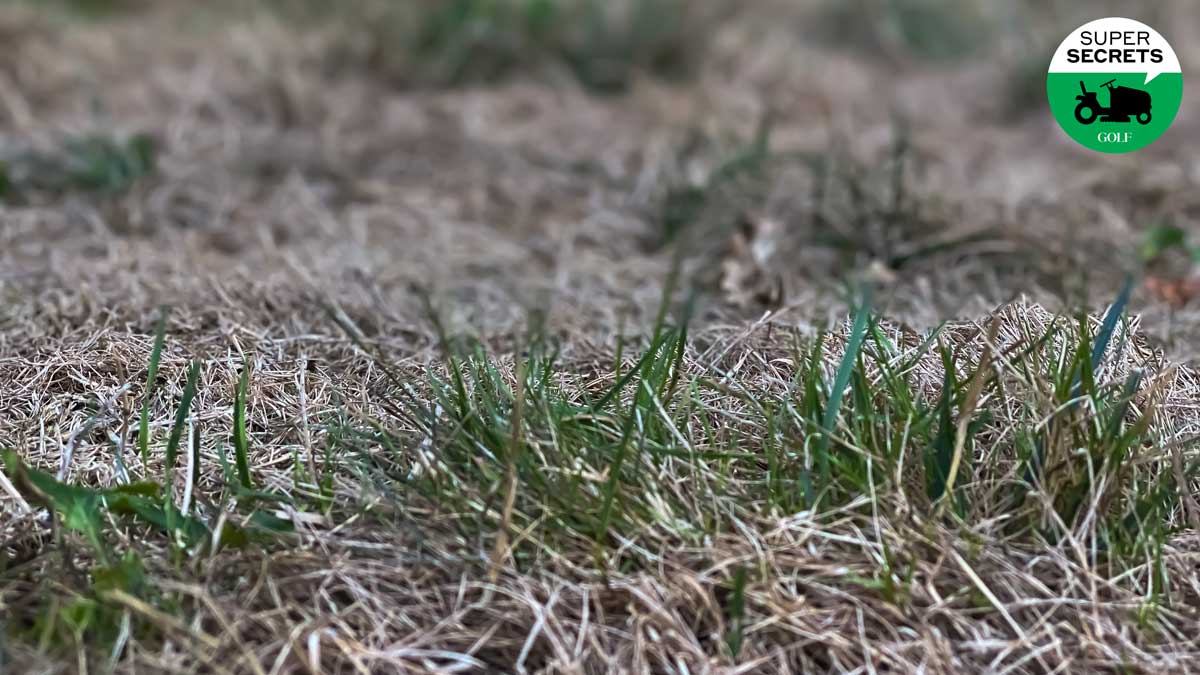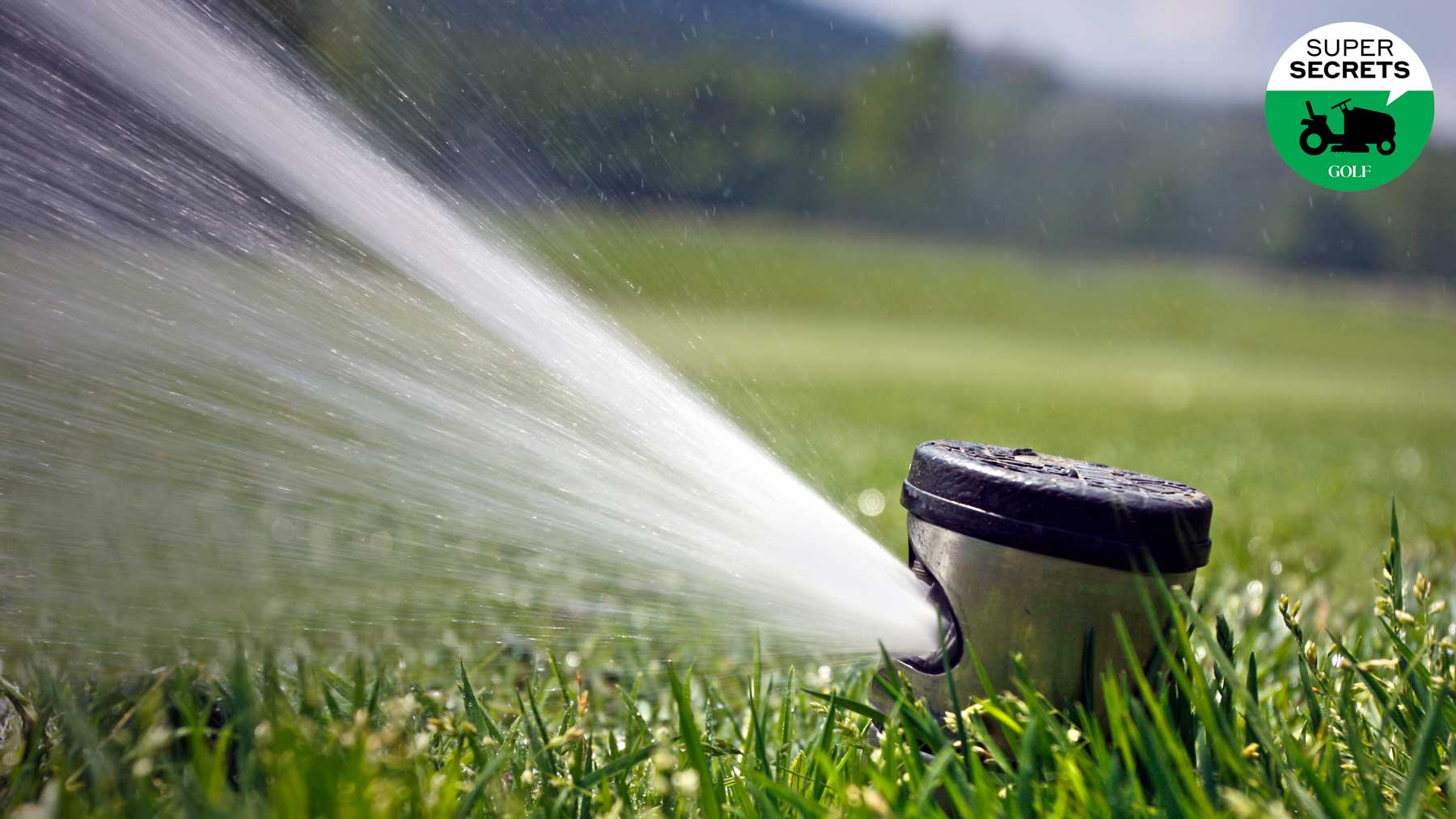Overseeding your lawn? Here are the do’s and don’ts, according to a golf course superintendent

If you're considering overseeing your lawn this fall, there are some important things you should know.
Getty Images
Welcome to Super Secrets, where we pick the brains of the game’s leading superintendents. By illuminating how course maintenance crews ply their trades, we’re hopeful we can not only give you a deeper appreciation for the important, innovative work they do but also provide you with maintenance tips that you can apply to your own little patch of paradise. Happy gardening!
***
To overseed, or not to overseed.
That is the question.
Whether it is wiser to sprinkle ryegrass seed over warm-weather Bermuda as winter approaches to keep a golf course playing pure and looking pretty; or to let that Bermuda go dormant and brown.
For most courses across the South faced with that choice, the answer is the former: they overseed (a prominent example is Augusta National, which showed up last week in widely circulated aerial photographs, fresh off its autumn turf transition).
Yet some courses go with option number two. They leave their Bermuda slumbering, uncovered.
What’s behind their thinking?
GOLF.com rang up Matt Guilfoil, superintendent at Desert Canyon Golf Club, in Fountain Hills, Ariz., and co-host of From the Jingweeds, a podcast devoted to the turf-care trade, to discuss the rationale behind each option, and what homeowners should consider when contemplating whether to overseed their yards.
Why golf courses overseed
At Desert Canyon, Guilfoil overseeds every autumn, usually around the third week of September. He estimates that 95 percent of courses in and around the Phoenix and Scottsdale area overseed as well. The motives are aesthetic and pragmatic. An overlay of ryegrass keeps courses green while providing purer playing conditions throughout the winter. It also helps protect the dormant Bermuda at a time when the grass is vulnerable to damage. “Divots and cart traffic are the big problems,” Guilfoil says. “They can really beat up dormant turf during a season when it’s just not able to recover.”
That risk is especially pronounced at busy courses like Desert Canyon, where dormant Bermuda would have no chance of surviving under the constant wear and tear.
At far less busy courses, it’s a far different story. Take Scottsdale National, the exclusive redoubt owned by PXG founder Bob Parsons. Scottsdale National doesn’t overseed, but because play is so limited, the dormant Bermuda makes it through the winter intact.
Not that Parsons and his staff let the grounds go brown, either. Like many courses that opt not to overseed, Scottsdale National paints its dormant grass with a pigment to maintain a verdant color. Painting serves two purposes. It pleases golfers who like their courses green. But it also gives the Bermuda a boost by turning it a darker green. That darker shade helps the grass absorb more of the sun’s heat (some superintendents also give dormant grass a dose of iron to help keep it green, with the same beneficial heat-absorbing effect). In the cool of winter, Bermuda needs all the warmth that it can get.
4 reasons why courses might choose not to overseed
Lots of reasons, says Guilfoil, who ticks off a few of them below:
1. Water conservation
Overseeded ryegrass requires a lot of H20, especially in the early goings as the fledgling turf is taking root. Dormant Bermuda uses far less of a precious resource.
2. Uninterrupted play
Newly overseeded ryegrass is wet and boggy and not much fun to play on, which is why many courses shut down temporarily after overseeding; Desert Canyons closes for a month. No play means no revenue, and you don’t need to be an accountant to know how that adds up.
3. Healthier Bermuda the following year
Courses that transition to ryegrass in the fall have to transition out of it in spring. That process can be difficult on Bermuda as it reawakens and finds itself in competition with the lingering ryegrass. No overseeding means no springtime competition. The Bermuda greens up faster and provides a healthier playing surface in the longer run as well.
4. The Benefits of Brown
Not only does dormant Bermuda require less maintenance than overseeded ryegrass, it also provides a firmer, faster playing surface. Tee shots roll farther, a boost for many golfers who need all the distance they can get. And while the conditions might not be as pure, some would argue that that’s a good thing: it adds another layer of variety and challenge, which is what golf is all about.
Should you overseed your yard?
In answering this question, Guilfoil says, homeowners face many of the same considerations that golf courses take into account.
For starters, does your lawn get a lot of use? Do kids trample on it from dawn to dusk? If so, overseeding a dormant lawn is a sensible option as it will provide a lusher playing surface while protecting the dormant grass underneath.
Appearances are another matter. If you absolutely, positively can’t stand the look of a browned-out lawn, overseeding is a good way to go. Painting the grass green, as many golf courses do, is not a viable option for most homeowners, Guilfoil says, because the pigmented products are hard to get a hold of and tricky to apply.
“It can be a difficult, messy gig,” he says.
If you choose to overseed, Guilfoil warns against some common mistakes. He says that many homeowners go overboard on their overseeding.
“They’ll come back from the store with one of those 50-pound bags of seed and dump all of it on their lawn,” Guilfoil says.
That’s a waste. At Desert Canyon, Guilfoil applies about 500 pounds of seed per acre, which, translated for home use, equals about 11 pounds of seed per 1,000-square feet of lawn. Unless your yard is unusually large, a 50-pound bag of seed should last you a few years, Guilfoil says.
Overseeded lawns also require more maintenance than dormant lawns.
And Guilfoil says that many homeowners fail to stay on top of that work, letting their lawns grow too long. That creates a problem in the spring when the Bermuda tries to reassert itself, only to be overshadowed by the shaggy ryegrass. If you overseed, Guilfoil says, stay on top of your mowing. As spring approaches, try to cut your ryegrass down to about a half-inch. The Bermuda will come back healthier and remain that way in the months ahead.
To overseed, or not to overseed.
The calculus can get complicated.
At his own home, Guilfoil overseeds the yard, but not because he wants to. It’s because he lost an argument with his wife.
“Personally, I’d rather save the water, the money and the hassle, and just let the grass go dormant for the winter,” Guilfoil says. “But she wants a green lawn, so what am I going to do?”













